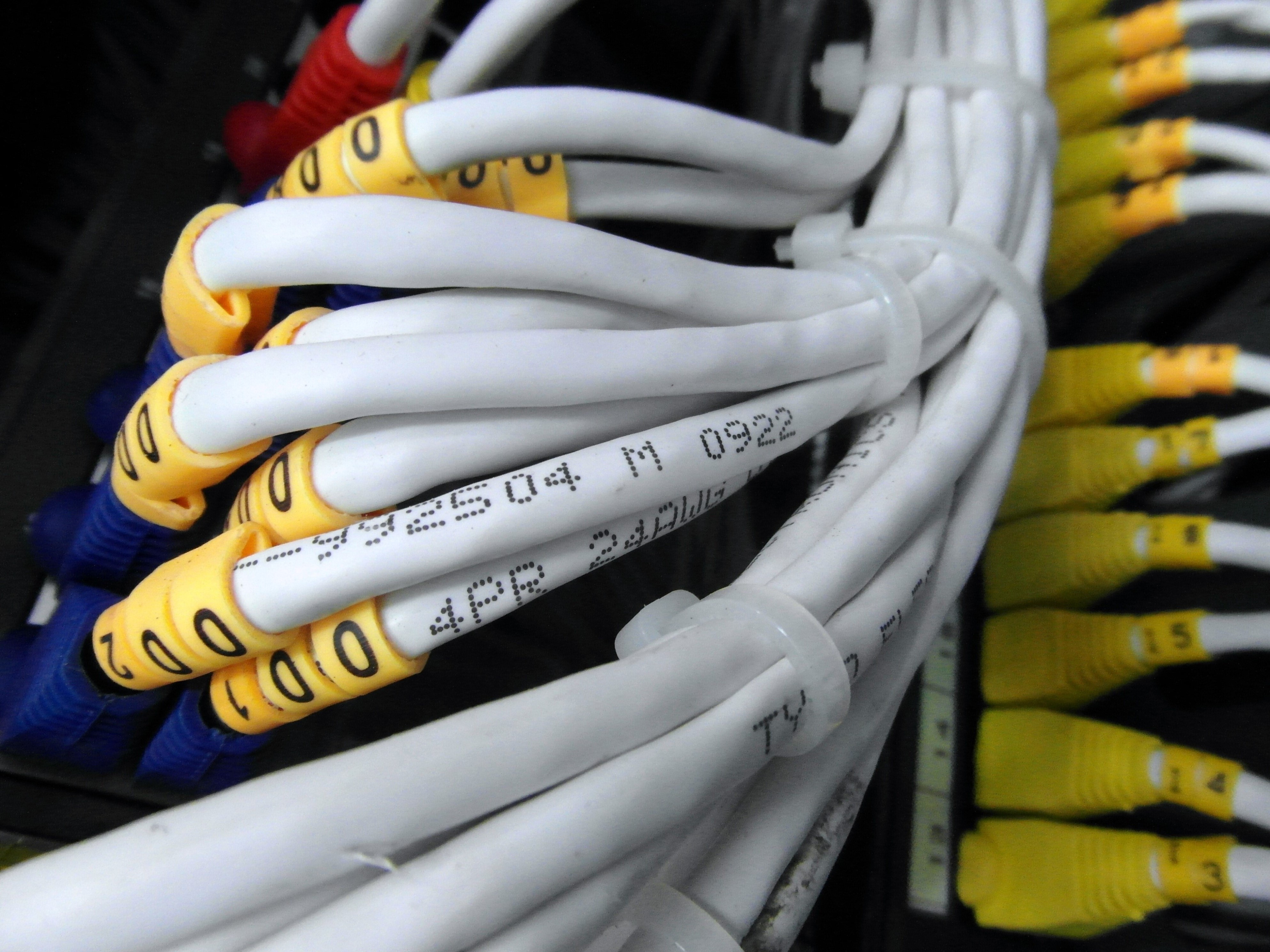 If you’re like most large, global companies, you may have been using IBM mainframe solutions for several decades. You’ve come to rely heavily on your mainframes, and you trust them to keep your enterprise functioning.
If you’re like most large, global companies, you may have been using IBM mainframe solutions for several decades. You’ve come to rely heavily on your mainframes, and you trust them to keep your enterprise functioning.
But like all technology, IBM mainframes have undergone significant changes in recent years. You can now look to them for better-than-ever performance, greater cost-effectiveness and broader ability to manage your IT environment, both day-to-day and long term.
IBM mainframe solutions are evolving, just like everything else IT.
New and improved IBM mainframe solutions continue to ensure reliably, high availability and scalability of services; things that are vital for mission-critical systems and processes. That can help alleviate looming worries about the impending obsolescence of old, legacy mainframe infrastructure.
IBM continues to work diligently to introduce new products and upgrades for existing mainframes that enable greater integration with emerging technologies and applications as well as other types of solutions such as cloud computing. Those improvements enable you to retain your trusty mainframes but modernize your overall IT environment. That enables you to be a smarter manager.
You can transform your company’s approach to IT and optimize IBM mainframe solutions at the same time, by choosing to outsource some or all mainframe services. Remote management is a good example. You can retain your mainframe infrastructure and continue to grow capacity, without the need to invest further in physical assets or their many ongoing operational needs.
The plethora of options enables you to craft IBM mainframe solutions that exactly match your company’s functional needs and long-term goals. You can streamline processes, achieving greater efficiency and supporting greater productivity throughout your enterprise.
Re-envision the role of valuable IT staff.
Another worry for many executives is the growing skills shortage resulting from retirement of legacy-experienced IT veterans. But new IBM improvements have simplified mainframe operations. You might see a reduced need for IT personnel to focus on maintenance and support, whether you’re outsourcing or retaining those functions internally, and that allows more effective use of your most skilled IT staff.
In turn, that enhances strategic thinking and planning for better long-term outcomes. Savvy execs have known for some time that sound planning is achieved only when the C-suite collaborates closely with the company’s top IT experts. Technology has become an integral part of your organization’s functional structure. Better management depends on your ability to align overall corporate goals and daily business operational needs with technologies that increase efficiency and quality of services delivered.
Improve real time business performance.
Workload analysis that’s now part of IBM mainframe solutions uses automated troubleshooting processes to help you more quickly identify anomalies. Zeroing in on root causes faster allows you to avoid escalation of issues, giving you greater control over isolated “incidents” and also recurring problems that, when corrected, increase efficiency and reliability.
Analytical data increases your ability to monitor systems and applications, ensuring the agility your company requires in uncertain economic and marketplace environments. And better data helps protect and manage your IT system’s security features. Overall, management is better-informed. And it’s simpler.
Improve predictability and financial performance.
When you have greater visibility and real-time access to vital information, you’re positioned for better forecasting, planning and budgeting. You can protect your assets to get the best possible return on your considerable investment, and you can enjoy lower total cost of ownership because you can manage costs as well as functions.
In the future, industry watchers say you can expect IBM mainframe solutions to provide even more in-depth automated analytical capabilities -- with mainframes literally shouldering more of the detection and corrective work without human intervention.
That means you’ll be able to further refine how you configure IT management. And it’s one more way to relieve skilled IT staff of tedious, “administrative” work, allowing them instead to work with your C-suite on building a stronger corporate future.

